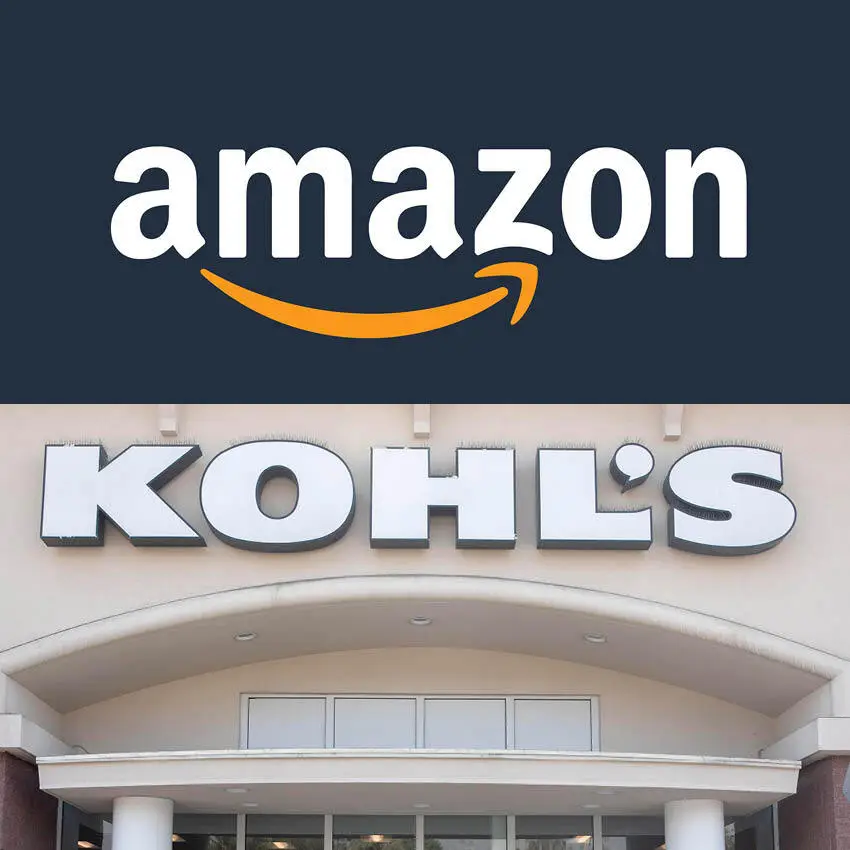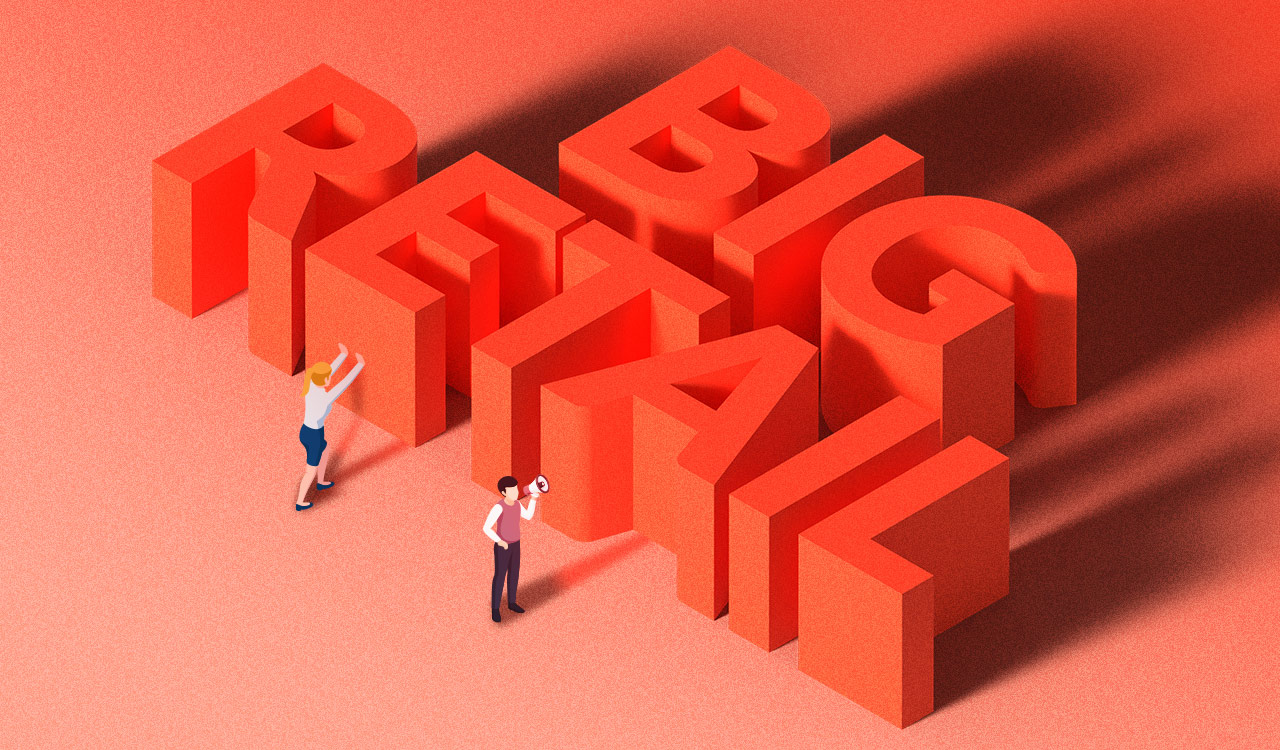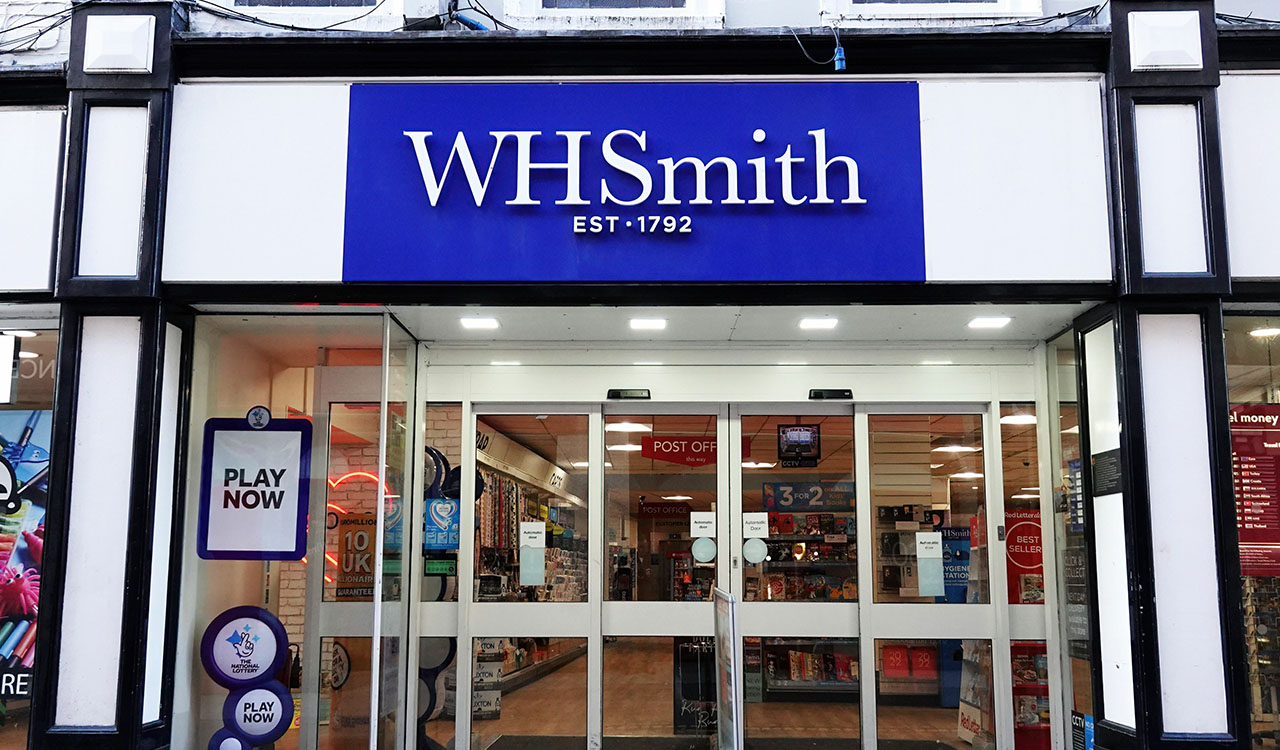Is Amazon a suitor for Kohl’s? If not yet, perhaps it should be. And maybe Kohl’s is entertaining the possibility. Back in 2017, I stated that Kohl’s was launching its first few Amazon in-store shops as tests to drive younger customer store traffic to make a few Kohl’s sales across the aisle when they were visiting Amazon. Five years later it is still a win/win for both brands.
At the time, I suggested that the partnership could very well be viewed as a much larger, long-term, first-stage strategy of Amazon to acquire Kohl’s. In the intervening five years that has not happened. Now since the financial sharks are circling, smelling the blood of what many of them describe as underperforming bottom feed, they are offering up bids to acquire Kohl’s, mainly for short-term financial engineered gains. Recent reports covering the vulnerability of Kohl’s suggest that there are other non-financial, more strategically interested parties that might want to bid for an acquisition. Is it possible that Amazon might be one of those?
Amazon is not getting big fast enough in the physical apparel and grocery categories. Financially, with their $1.6 trillion market cap vs. Kohl’s $8 billion cap, and Kohl’s share price at around $60, as the investment sharks circle, causing volatility, Amazon could swoop down and acquire Kohl’s for the equivalent of lunch money for them.
Why Amazon?
From a strategic perspective, in my opinion, this is a no-brainer. Almost on day-one of Amazon’s launch, Jeff Bezos stated that Amazon must “get big fast.” He also said that they must achieve a level of dominance in apparel and grocery. He sold Wall Street on the get big fast mantra, thus not having to show a profit for about two decades. Indeed, he got huge fast, showering money on the investors who stuck with him. The genius of the man was a systemic plan for the future, with the eventual expansion into the brick-and-mortar sector of retailing as a necessity. Along with that vision, he apparently viewed the roughly $400 billion apparel and $800 billion grocery industries as large enough to become a major player in.
For the past several years Amazon has been fiddling around with testing various quasi tech-driven brick-and-mortar stores: Amazon Go cashierless stores; bookstores; Amazon 4 Star stores; Amazon Fresh grocery stores (offering a “just walk out” option); and the acquisition of Whole Foods. So, Amazon currently has about 611 physical stores. And I say “fiddling around” because 500 of those stores are Whole Foods.
The Whole Foods Misstep
Flawed strategy lesson #1 for Amazon would be the Whole Foods acquisition. It was wobbly when they bought it for about $13 billion. They certainly were not acquiring a dominant share of the market. The Whole Foods core consumer demographic does not align with Amazon’s DNA. It’s more of a niche brand and, therefore, does not have a scalable runway.
Amazon Fresh does have some initial traction as smaller 40,000 square-foot grocery stores. Initially launched in 2020, they now have 23 across the US. Embedded technology in the store allows customers the choice of “just walking out” or physically checking out through a standard cash register line. However, is this their answer to getting big fast and reaching some level of dominance in the grocery industry? I don’t think so.
A Retread Amazon Apparel Store
Amazon recently announced the launch of Amazon Style. The 30,00 square-foot store is all about a technology infrastructure supporting a modern showroom model design with displays of sample merchandise. The system is designed with QR codes for customers to select merchandise via their smartphone apps. Their selections are automatically sent to a designated fitting room, delivered by a salesperson. The customer has a tech-enhanced interactive mirror that allows orders of other apparel, also automatically delivered to the fitting room. Long story short, the entire shopping journey can be achieved without engaging with a human associate. And the customer leaves through an automatic electronic checkout, or the goods can be delivered to her home, all of which will have been requested by the fitting room technology.
As my friend and colleague Chris Walton wrote in a Forbes article, there is nothing new about Amazon Style. He said, “The experience is one part Hointer (circa 2012), one part Rebecca Minkoff’s Magic Mirror (circa 2014), and one part Amazon’s own GH Lab experiment at the Mall of America (circa 2018).” To cut to the heart of this model and all the other retail tests they are pursuing, Amazon is leaning into what they know best, and brilliantly. However, their tech genius lacks a sensitivity of the human factor and the “art,” so to speak. Technology is an awesome tool, but that is all it is – a tool.
Why Acquire Kohl’s
Amazon is not “getting bigger fast” in the physical apparel and grocery categories. Financially, with their $1.6 trillion market cap vs. Kohl’s $8 billion cap, and Kohl’s share price at around $60, as the investment sharks circle, causing volatility, Amazon could swoop down and acquire Kohl’s for the equivalent of lunch money for them.
And strategically, Amazon gets a high level of apparel dominance overnight, along with about 1162 stores that can also be used as distribution centers, enhancing the speed of last mile delivery and convenience and accessibility for consumers.
Amazon would also be acquiring a profitable, financially stable and growing business (regardless of what the activists say). And in my opinion, Amazon would benefit from a visionary management who understands the retail business. Amazon would also be able to test all their technology enhancing ideas more easily and quickly in real time in stores that already have foot traffic vs. having to attract shoppers. Finally, Amazon would be acquiring an omnichannel model and all its synergies. All of this as opposed to spending billions of dollars and potentially years to build their own fleet of stores at best, or failing at worst.
Grocery?
Go figure on this puzzlement as well. Kroger at a $28 billion market cap? Just saying…





